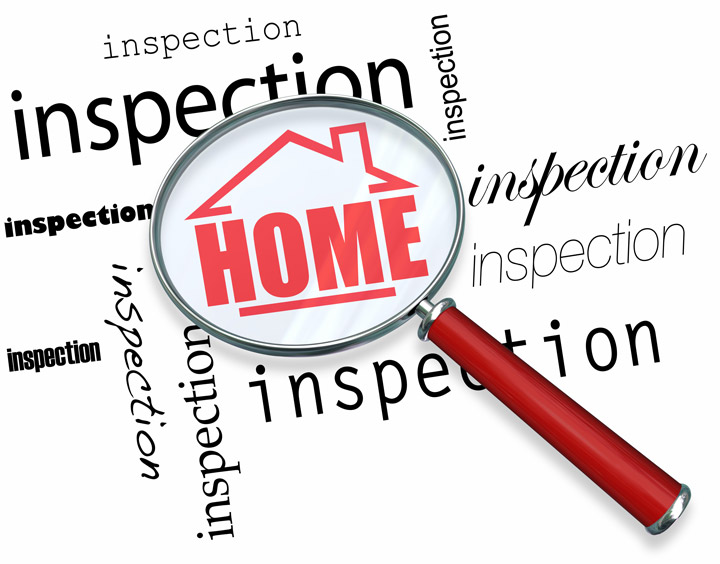
What Is an Appraisal?Getting real estate is the most important investment most of us might ever make. It doesn't matter if where you raise your family, an additional vacation home or an investment, purchasing real property is an involved financial transaction that requires multiple people working in concert to pull it all off. Most people are familiar with the parties having a role in the transaction. The most recognizable face in the exchange is the real estate agent. Next, the mortgage company provides the financial capital necessary to bankroll the transaction. And ensuring all areas of the sale are completed and that the title is clear to pass from the seller to the buyer is the title company. So, what party makes sure the value of the real estate is consistent with the purchase price? This is where the appraiser comes in. We provide an unbiased opinion of what a buyer might expect to pay — or a seller receive — for a parcel of real estate, where both buyer and seller are informed parties. A licensed, certified, professional appraiser from Stainback & Associates will ensure, you as an interested party, are informed. Inspecting the subject propertyOur first responsibility at Stainback & Associates is to inspect the property to ascertain its true status. We must see aspects of the property hands on, such as the number of bedrooms and bathrooms, the location, and so on, to ensure they indeed exist and are in the shape a reasonable buyer would expect them to be. To ensure the stated size of the property has not been misrepresented and describe the layout of the property, the inspection often entails creating a sketch of the floorplan. Most importantly, we look for any obvious features - or defects - that would affect the value of the house. Once the site has been inspected, an appraiser uses two or three approaches to determining the value of the property: sales comparison and, in the case of a rental property, an income approach. 
Replacement CostHere, the appraiser pulls information on local construction costs, labor rates and other factors to figure out how much it would cost to construct a property nearly identical to the one being appraised. This value often sets the maximum on what a property would sell for. The cost approach is also the least used predictor of value. 
Paired Sales AnalysisAppraisers become very familiar with the subdivisions in which they work. They innately understand the value of particular features to the homeowners of that area. Then, the appraiser looks up recent transactions in close proximity to the subject and finds properties which are 'comparable' to the real estate in question. By assigning a dollar value to certain items such as upgraded appliances, additional bathrooms, additional living area, quality of construction, lot size, we adjust the comparable properties so that they more accurately match the features of subject.
After all differences have been accounted for, the appraiser reconciles the adjusted sales prices of all the comps and then derives an opinion of what the subject could sell for. When it comes to putting a value on features of homes in Greensboro and Guilford, Stainback & Associates is your local authority. The sales comparison approach to value is typically awarded the most consideration when an appraisal is for a home purchase. Valuation Using the Income ApproachIn the case of income producing properties - rental houses for example - the appraiser may use a third method of valuing a property. In this case, the amount of revenue the real estate produces is taken into consideration along with income produced by comparable properties to derive the current value. Arriving at a Value ConclusionCombining information from all applicable approaches, the appraiser is then ready to stipulate an estimated market value for the property at hand. The estimate of value on the appraisal report is not necessarily the final sales price even though it is likely the best indication of a property's valueThere are always mitigating factors such as seller motivation, urgency or 'bidding wars' that may adjust an offer or listing price up or down. Regardless, the appraised value is typically used as a guideline for lenders who don't want to loan a buyer more money than the property is actually worth. It all comes down to this, an appraiser from Stainback & Associates will guarantee you attain the most fair and balanced property value, so you can make the most informed real estate decisions. |